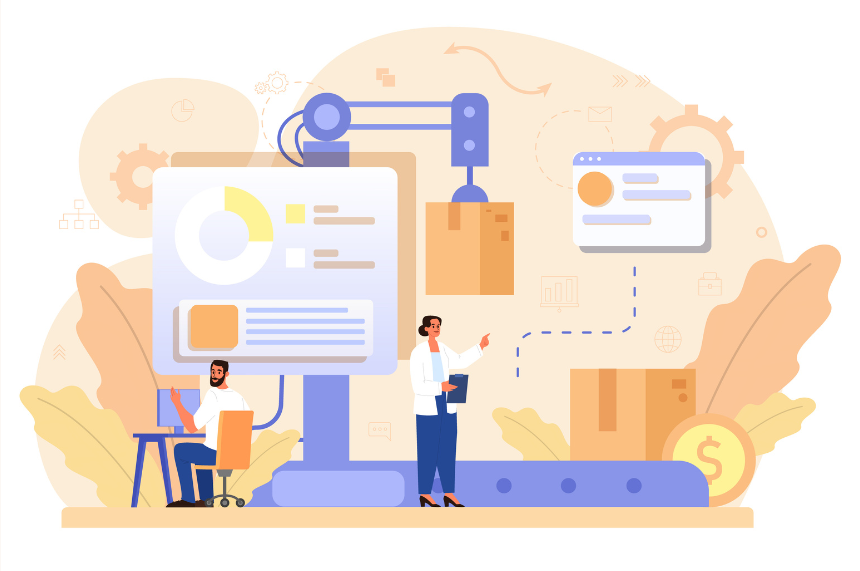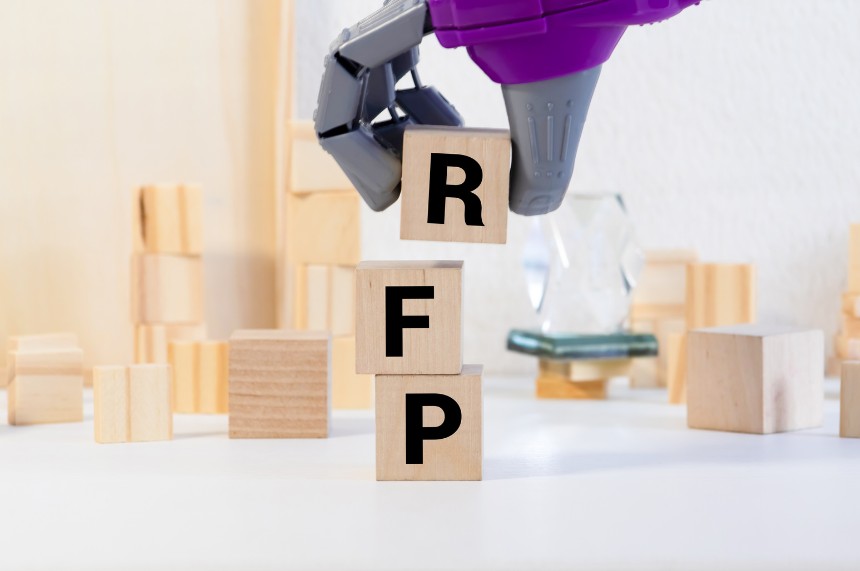Purchase Order (Part-2): What it contains? & Who does it matter to?
Business | December 07, 2022 | By
In our previous blog on purchase orders (PO), we looked at what is a purchase order and the different types of POs. Well, if you haven’t read it yet, here’s the link.
In short, a purchase order is a legal document that one issue to a vendor to confirm the purchase and outline the terms of the purchase agreement. Product manufacturing companies release POs when they need a finished product, component, or raw material for their in-house manufacturing or assembling.
There are 5 PO types. Standard PO, Blanket Agreement, Blanket Release, Sample PO, and Spot PO.
What does a PO contain?
If you open your Amazon or any other e-commerce account, check your order history, and select a particular order, you will find the order details—The date of purchase, delivery date, billing, and shipping addresses of both the buyer (that is you) and the seller whose product you have purchased.
In essence, the purchase terms. In general, all POs contain basic header details such as the PO number, name, address, and point of contact (usually a team member from the procurement team) in the buyer organization, and the name and address of the supplier organization. And, if the buyer organization’s bill-to and ship-to addresses are different, both are listed. Similarly, if the bill-from and ship-from addresses differ, both are mentioned.
The header also contains the tax details of the buyer organization, such as the tax rates, and tax specifications, where each line item in the PO can have different tax rates.
Next, the PO body contains the following information:
-
-
- Part number with revision
- Part description
- Part maturity type (Defines the stage of the product, for example, pilot, proto, or production)
- Quotation number
- Quantity
- Unit of Measurement (UOM)
- Harmonized System Number (HSN) or Services Accounting Code (SAC) code to identify the goods and services classification.
- Part’s unit weight
- Unit price
- Packaging and Logistics costs
- Price with and without Tax
- Supplier’s lead time for parts delivery
- Target delivery date
- Payment terms and Incoterms
-
In addition to the above details, organizations also attach different types of documents to the PO. For example, some companies might provide detailed instructions for the material compositions to be used, testing methods to be followed, documents to be submitted during shipment, partial shipments, and payment conditions.
Blanket Agreements and Blanket Releases contain additional details:
-
-
- Blanket order validity dates
- Minimum and maximum order quantity and value per order
- Frequency of delivery schedule
- Maximum allowed price revision. This value is the agreed unit price plus a margin. If there are any price increases due to various factors, the buyer can still issue a release against the blanket PO upto the price specified.
- Minimum total quantity and value to be procured by the buyer organization from the supplier during the blanket period. This quantity and value are mentioned to protect the supplier’s interest so that they can plan their production capacity accordingly.
- Price break details, if any, provided by the supplier
- Estimated annual quantity and value. This quantity is the summation of the minimum total quantity plus a margin. The quantity and value are specified to protect the buyer’s interest so that they can continue to procure the parts even if they exceed the minimum total quantity.
-
Who are the Stakeholders?
There are multiple stakeholders in the purchase order process.
 Design teams share the final design as a Bill of Material (BOM) with the buyers. Members from sourcing, production, engineering, and other departments sit, review, and discuss the components/parts for in-house manufacturing and outsourcing – Make, buy, or make-buy. Then, for the ‘buy’ and a few of the ‘make-buy’ parts, buyers convert the Request for Purchases (RFPs) and share the Request for Quotations (RFQs) with the suppliers. And after successful supplier selection, buyers release the PO to the chosen supplier after review by the approvers in the buyer organization. Then, the suppliers manufacture based on the PO and deliver the materials to the buyer organization, where it is received by the stores/warehouse teams. They cross verify the materials delivered with the PO line items. Then the materials are assigned to the quality teams who ensure the materials meet the technical specifications. Once quality check is completed the PO passes to the finance teams for initiating payment.
Design teams share the final design as a Bill of Material (BOM) with the buyers. Members from sourcing, production, engineering, and other departments sit, review, and discuss the components/parts for in-house manufacturing and outsourcing – Make, buy, or make-buy. Then, for the ‘buy’ and a few of the ‘make-buy’ parts, buyers convert the Request for Purchases (RFPs) and share the Request for Quotations (RFQs) with the suppliers. And after successful supplier selection, buyers release the PO to the chosen supplier after review by the approvers in the buyer organization. Then, the suppliers manufacture based on the PO and deliver the materials to the buyer organization, where it is received by the stores/warehouse teams. They cross verify the materials delivered with the PO line items. Then the materials are assigned to the quality teams who ensure the materials meet the technical specifications. Once quality check is completed the PO passes to the finance teams for initiating payment.
To summarize, a Purchase Order is a go-to document for all stakeholders to validate the purchase terms. Moreover, it’s a crucial document for creating and maintaining an audit trail and maintaining accurate and thorough financial records.
Why Zumen for Purchase Order Processing?
With regards to POs, ERPs can also digitally create them. But are found wanting in multiple aspects. And one of them is the complete visibility and continuity of the PO process.
-
-
- Lack of a digital thread linking the PO to the RFX documents.
- Supplier negotiation records are not easily retrievable
- Incomplete documentation of the supplier selection decision
- Lack of easy access to historical quotation information
-
Using a best-of-breed platform like Zumen built with industrial know-how is a huge advantage. It understands the criticality of a purchase order in managing financial expenses, brings in real-time purchase order collaboration, and enables businesses to manage changes and track PO statuses easily. Both Buyers and Suppliers can track the PO effectively – providing key info such as freight forwarding data, packing, shipping, and dispatch details. Even facilitating delivery status communication between buyers and suppliers.
Zumen covers the entire spectrum of the direct material source-to-pay cycle and is a pioneer in the Direct Material Source-to-Pay space, recognized by ProcureTech and Kearney. Please do not take our word for it; take Zumen for a spin today and see for yourself!















